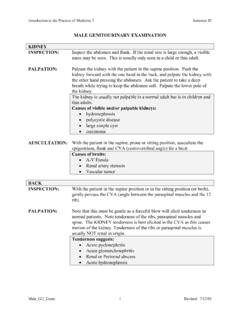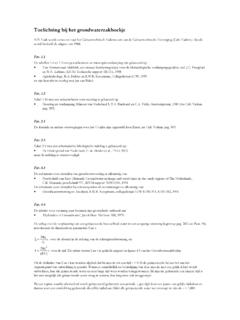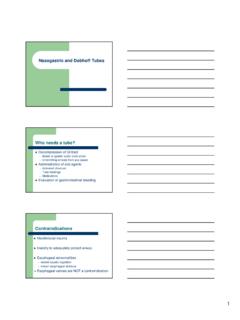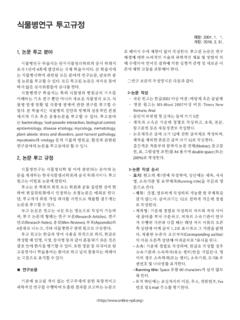Transcription of Specific Testing/Maneuvers of the Knee
1 1 Specific Testing/Maneuvers of the KneeStructure/sign being tested: Integrity of the lateral collateral ligament (LCL)Position of Patient: Lying supine with involved leg close to the side of the tablePosition of examiner: Standing lateral to the patient. One hand supports to the lateral portion of the distal tibia (acting as the fulcrum), while the other hand grasps the knee along the medial joint lineProcedure: While holding the knee in slight flexion, an adduction force is applied to the knee while the distal tibia is moved mediallyPositive Test Result: Increased laxity when compared bilaterally with the other knee.
2 Ligament tests are graded as Negative (firm endpoint), 1+, 2+, 3+Varus Stress TestReference # 4,9 Specific Testing/Maneuvers of the KneeStructure/sign being tested: Integrity of the medial collateral ligament (MCL)Position of Patient: Lying supine with involved leg close to the side of the tablePosition of examiner: Standing lateral to the patient. One hand supports to the medial portion of the distal tibia (acting as the fulcrum), while the other hand grasps the knee along the lateral joint lineProcedure: While holding the knee in slight flexion, an abduction force is applied to the knee while the distal tibia is moved laterallyPositive Test Result: Increased laxity when compared bilaterally with the other knee.
3 Ligament tests are graded as Negative (firm endpoint), 1+, 2+, 3+Valgus Stress TestReference # 4,9 Specific Testing/Maneuvers of the KneeStructure/sign being tested: Integrity of the posterior collateral ligament (PCL)Position of Patient: Lying supine, the hip is passively flexed to 45 , and the knee is passively flexed to 90 Position of examiner: The examiner sits on the examination table placing the patients foot under the buttocks, providing a base of stability to fixate the tibia. The examiner grasps the proximal tibia, with the fingers overlying the joint space to access excursion, and the thumbs placed along the joint line on either sideProcedure: Palpating to make sure the hamstrings are relaxed, a posteriorly directed force is appliedPositive Test Result: Increased laxity when compared bilaterally with the other knee.
4 Ligament tests are graded as Negative (firm endpoint), 1+, 2+, 3+Posterior Drawer TestReference # 2,3,4,92 Specific Testing/Maneuvers of the KneeStructure/sign being tested: Integrity of the anterior collateral ligament (ACL)Position of Patient: Lying supine, the hip is passively flexed to 45 , and the knee is passively flexed to 90 Position of examiner: The examiner sits on the examination table placing the patients foot under the buttocks, providing a base of stability to fixate the tibia. The examiner grasps the proximal tibia, with the fingers overlying the joint space to access excursion, and the thumbs placed along the joint line on either sideProcedure: Palpating to make sure the hamstrings are relaxed, an anteriorly directed force is appliedPositive Test Result: Increased laxity when compared bilaterally with the other knee.
5 Ligament tests are graded as Negative (firm endpoint), 1+, 2+, 3+. NOTE: Lachmans test should be preferred maneuver for the ACLA nterior Drawer TestReference # 3,4,9 Specific Testing/Maneuvers of the KneeStructure/sign being tested: Integrity of the anterior collateral ligament ACL)Position of Patient: Lying supine, the knee is passively flexed to 20 Position of examiner: Standing lateral to the patient, the dominant hand grasps the proximal tibia around the level of the tibial tuberosity. The non-dominant hand grasps the distal femur just above the level of the condylesProcedure: While the examiner supports the weight of the leg and the kneeis flexed at 20 , with the hamstrings relaxed a firm anteriorly directed force is applied drawing the tibia anteriorly while a posterior force is applied to the femurPositive Test Result: Increased laxity when compared bilaterally with the other knee.
6 Ligament tests are graded as Negative (firm endpoint), 1+, 2+, 3+Lachmans TestReference # 3,4 Specific Testing/Maneuvers of the KneeStructure/sign being tested: Integrity of the meniscusPosition of Patient: Lying supinePosition of examiner: Standing lateral and distal to the involved knee. One hand supports the lower leg while the fingers and thumb of the opposite hand are placed along the medial and lateral joint lineProcedure: Pass one- While the tibia is maintained in a neutral position, an axial load is applied to the knee passively flexing and extending through the available ROMPass two- A valgus force is applied while the knee is flexing and extending.
7 Then a varus force is applied while the knee is flexing and extendingPass three- The examiner internally rotates the tibia, while the knee is being flexed and extended, and a varus force is applied. This procedure is repeated again with external rotation of the tibia and a valgus forcePositive Test Result: A palpable click along the joint line, a reproduction of pain from the menisci, or locking of the kneeMcMurrays TestReference # 3,4,93 Specific Testing/Maneuvers of the KneeStructure/sign being tested: Provocative test for patellofemoral etiology of painPosition of Patient: Lying supine with the knees extendedPosition of examiner: Standing lateral to the limb being evaluated.
8 One hand is placed proximal to the superior patellar poleProcedure: The examiner applies a downward force to the patella in the femoral groove. The patient is then asked to contract the quadriceps muscle slowly while pressure is maintained on patella Positive Test Result: The patient experiences painPatellar Grind TestReference # 4,9
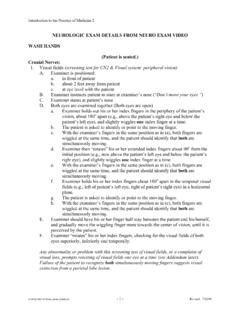


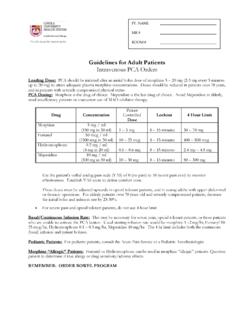
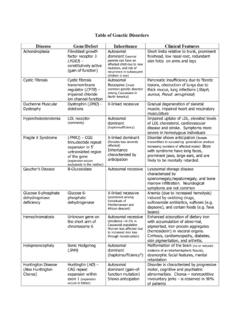

![WOUND HEALING lecture.ppt [Read-Only]](/cache/preview/2/b/6/c/1/4/7/f/thumb-2b6c147f08025508ccf4ec201274f3ba.jpg)
